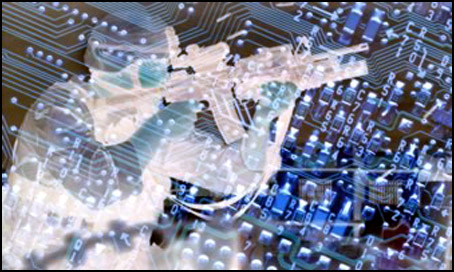
From U.S. Air Force: The AFLCMC/HNJG Program Office is an organization focused on the development and sustainment of Cyberspace Warfare Attack capabilities that directly support Cyberspace Warfare capabilities for the operations Air Force. This BAA solicits concept papers with the potential to enhance Air Force operations focused on Cyberspace Warfare capabilities access, position, maneuver, and strike within the adversary cyberspace domain in support of the Combatant Commanders (CCDR) and national objectives. CWO is the integrated planning and employment of military capabilities to achieve desired effects across the interconnected cyberspace domain. CWO is conducted in the cyberspace domain through the dynamic combination of hardware, software, data, and human interaction. In many cases, CWO requires unique technologies, techniques and capabilities to maneuver, operate, and persist. The topics this BAA is interested in pursuing include, but are not limited to:
a. Cyberspace Warfare Attack. The employment of cyberspace capabilities to destroy, deny, degrade, disrupt, deceive, corrupt, or usurp the adversaries ability to use the cyberspace domain for his advantage.
b. Cyberspace Warfare Support. Actions tasked by or under direct control of an operational commander to search for, intercept, identify, and locate or localize sources of access and vulnerability for the purpose of immediate threat recognition, targeting, planning, and conduct of future operational in the cyberspace domain. Cyberspace Warfare Support provides information required for the immediate decisions involving CWO. Cyberspace Warfare Support data can be used to produce intelligence, or provide targeting for electronic or destructive attack.
c. Technologies/concepts for developing capabilities associated with Cyberspace Warfare Attack (i.e., to disrupt, deny, degrade, destroy, or deceive an adversary’s ability to use the cyberspace domain to his advantage.) This should address, but not be limited to the following:
i. Mapping of networks (both data and voice)
ii. Access to cyberspace domain, information, networks, systems, or devices
iii. Denial of service on cyberspace resources, current/future operating systems, and network devices
iv. Data manipulation
v. Ability to control cyberspace effects at specified times and places (graphic: Defense Tech) (via Danger Room)
Image: cyber_warfare.jpg
